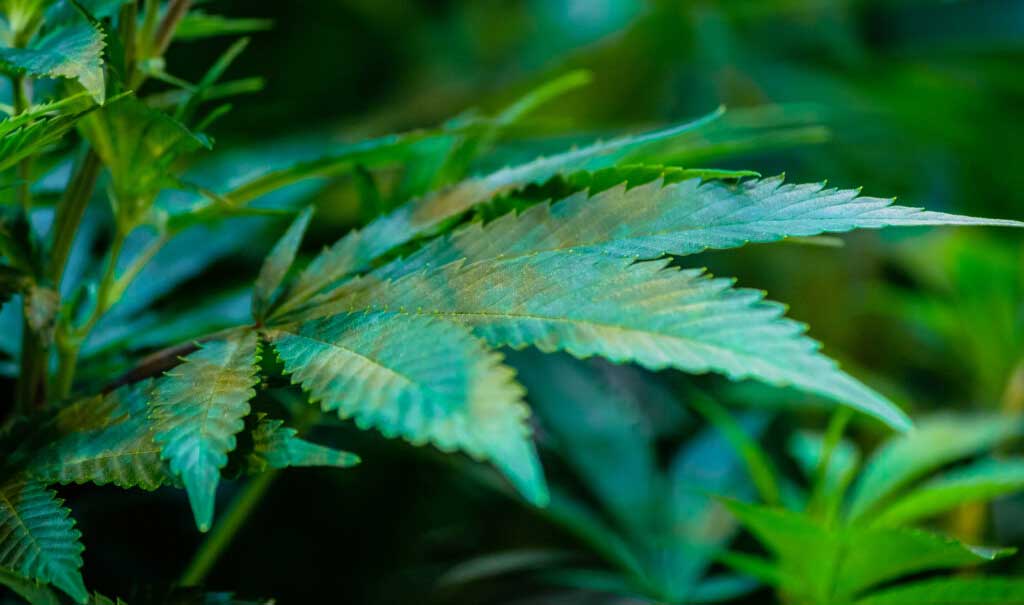Most cultivators know that red light helps plants at the flowering stage, but many don’t fully understand the role that far red light, or far-red radiation, plays in horticulture.
Far-red radiation has benefits as well, including uses at the end of the day and its ability to put a plant to sleep, so to speak.
Cultivators who have invested in grow lights with a far-red spectrum can incorporate far-red light as a part of their daily schedule, moving through the day on the color spectrum daylight interval, turning on far-red light at the end of the cycle, so plants will tilt toward it much like sunset – which is when more red light is naturally present.

Far-red light is more of a seasonal light as well. Outdoors, one tends to see more blue light in the spring and more red in the autumn so indoor cultivators can use it in that manner as well. Red light is also known to be gentle on plants.
There are some scientific studies on the uses of far-red light, indicating how much a cultivator needs and when to best utilize it.
Red is also the most efficient when it comes to energy use, but it is one of most expensive LEDs from a manufacturing perspective.
For cannabis cultivators, far-red light seems to have an effect on yields. It can also play a role in a cannabis plant having increased cannabinoids.
That might be why cannabis cultivators are more willing to experiment with far-red light and its impact on cannabis plants. Cultivators who grow food haven’t been as willing to experiment with far-red light – yet. But when there are applications and studies that indicate its benefits and uses, food cultivators are sure to follow suit.
A Michigan State report in 2016 indicated that there are benefits to far-red light. Namely, that it can increase leaf size and the length of stems – making for a taller plant. In the study, this was attributed to how plants perceive light quality and the pigment phytochrome, which has two forms.
In the report, there are two forms of phytochromes: The red-absorbing form (abbreviated as PR) and the other is the far-red absorbing form (abbreviated as PFR).
Plants get taller as far-red light increases, relative to red light, according to the article.
And for cannabis cultivators, who grow plants with a dense canopy, far-red light can have an even bigger timpact, as plants under a canopy or plants with lower leaves, get more far-red than red light – in a nutshell, they get taller to get more light.
We also know that far-red light can promote flowering, so indoor cultivators can use this to their advantage and accelerate the process.
While we don’t know exactly what causes a plant to flower, adding red light does seem to initiate the process.


